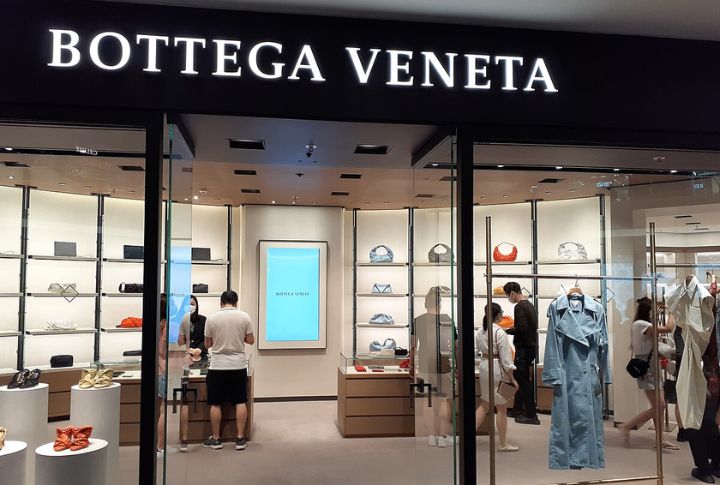
Luxury has a way of making itself known. It doesn’t shout, it doesn’t compete—it simply exists in a league of its own. Some brands have built their identity on this philosophy, creating a presence that is both powerful and timeless. What sets them apart? In the world of grand labels, here are a few that are a few steps above the rest and have perfected the art of luxury.
Hermes
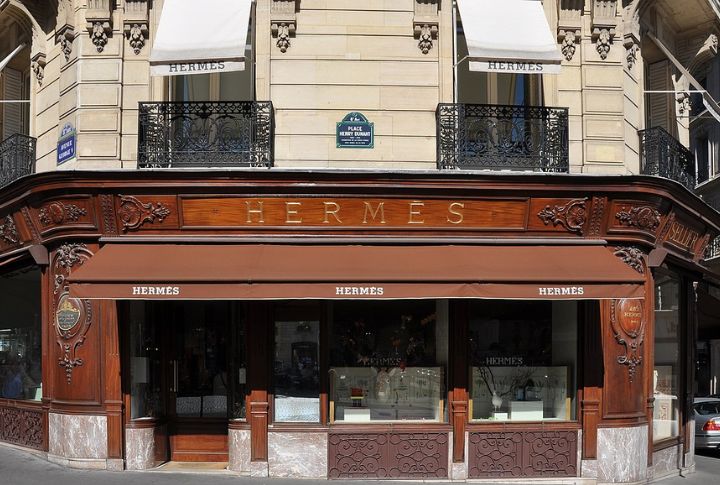
Born in Paris in 1837, Hermes has built a name on superior craftsmanship. They started with leather goods, and now their Birkin bags fetch tens of thousands. Every product is meticulously crafted, which makes them as rare as they are coveted. What truly sets them apart? The dedication to their artisanal methods.
Chanel
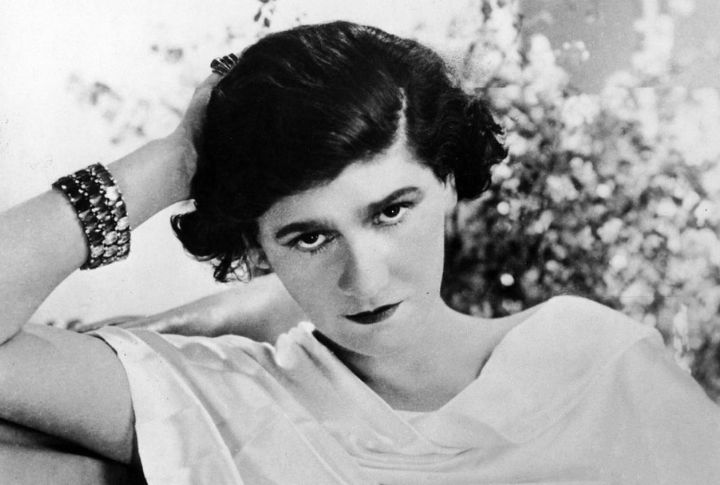
Coco Chanel created iconic fashion, and she rewrote the rules. In the 1920s, she revolutionized women’s style, replacing corsets with elegant simplicity. Today, Chanel continues to rule the quintessence of chic, with classic products like the Chanel No. 5 fragrance still holding on to its prestige.
Louis Vuitton
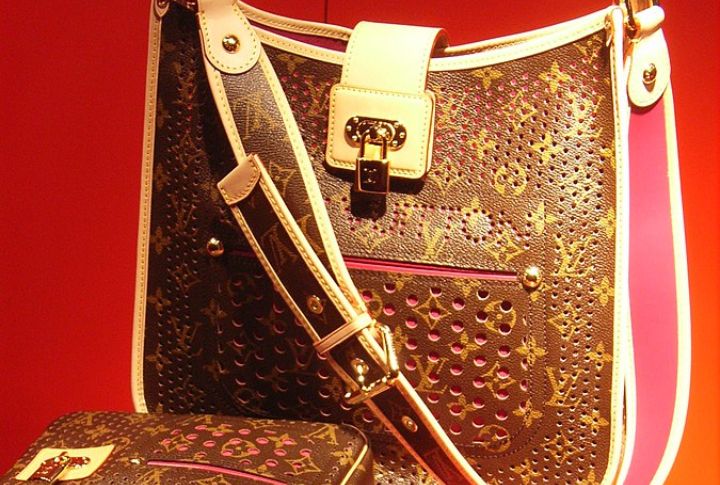
What started as a luggage maker in 1854 quickly expanded its expertise. Louis Vuitton crafts items with its signature monogram canvas, which provides a symbol of status for its consumers. LV also continues to collaborate with artists to keep the brand fresh.
Rolex
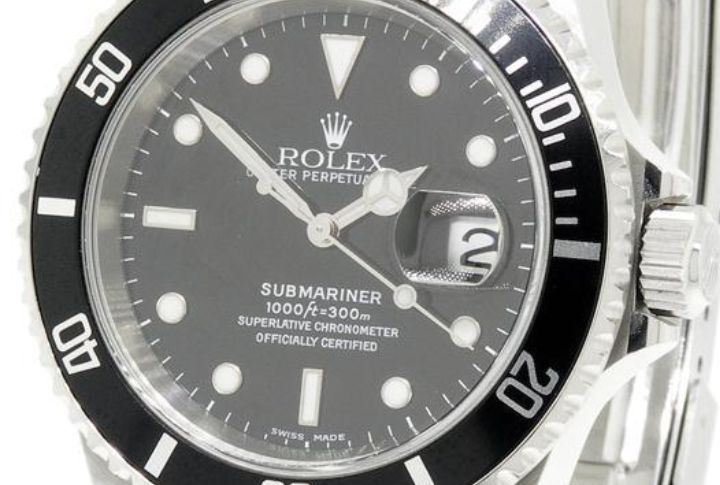
No other Swiss luxury brand has managed to make its mark the way Rolex has. Since its inception in 1905, they have been the gold standard of watchmaking. Not only does it provide precision, but each watch is also a work of art.
Cartier
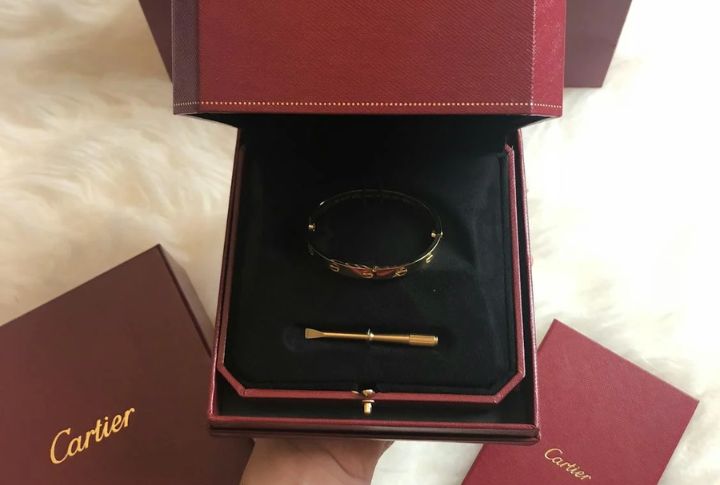
Founded in 1847, Cartier has long been the jeweler of choice for royalty. Known for fusing old-world artistry with modern elegance, their pieces are made to last. Their Love bracelet is one example of how the concept of jewelry can make its mark. Every Cartier piece tells a story of luxury and legacy.
Gucci
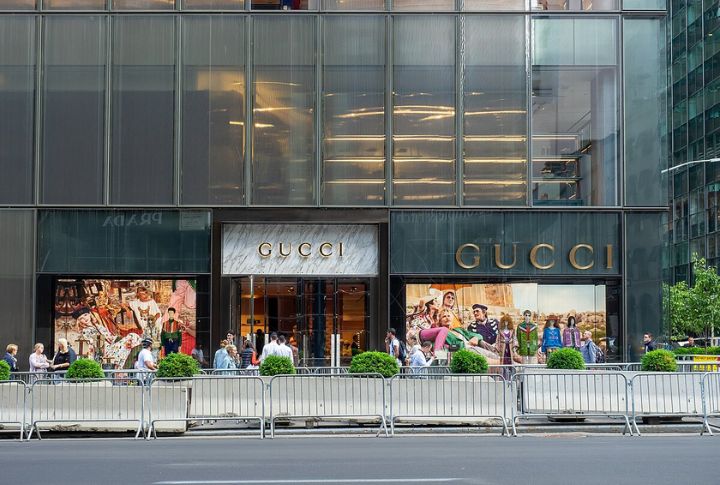
Gucci fashion is all about making a bold statement. Established in Florence in 1921, Guccio Gucci evolved from a humble leather goods shop into a global luxury powerhouse. Its distinctive green-red-green stripes and collaboration-driven designs have captured both millennials and Gen Z within their wardrobes and pop culture.
Dior
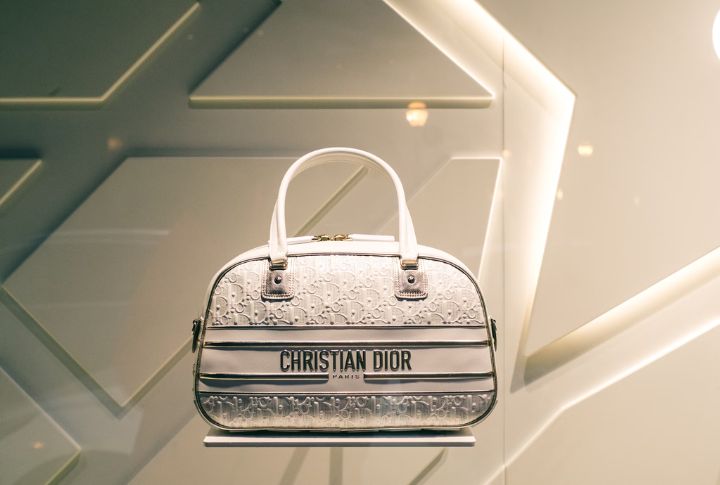
Christian Dior launched his revolutionary fashion house in 1946. His “New Look” liberated women from the confines of wartime fashion, reforming feminine fashion. Modern Dior ranges give their customers old-world refinement with quiet luxury that makes waves in everything from haute couture to fragrances.
Burberry
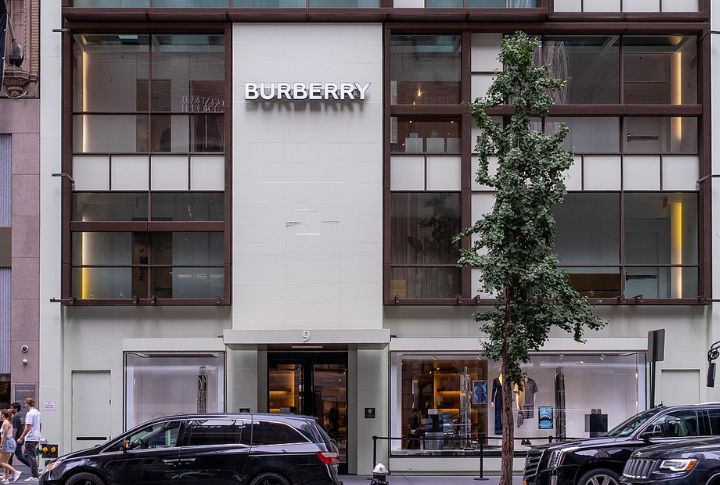
Burberry began as a practical outerwear brand in 1856, but its evolution into a global luxury brand tells a fascinating story. Known for its trench coats and the Burberry signature checkered patterns, Burberry has adapted over the years. One of their latest marketing campaigns carries the tagline “a modern take on British luxury.”
Prada
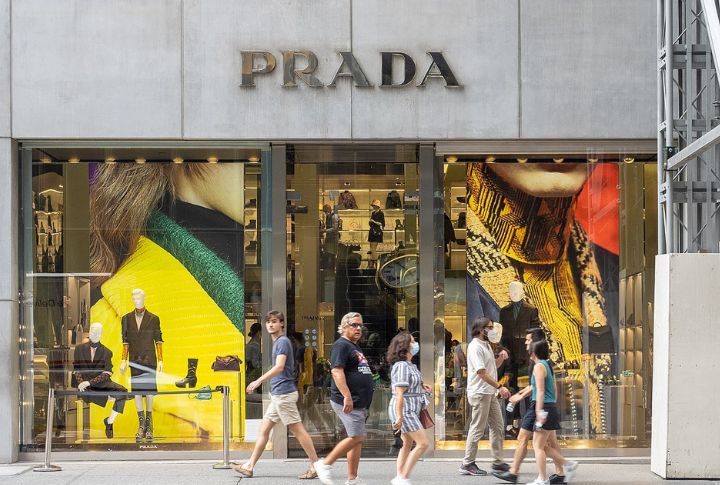
For over 100 years, Prada’s approach to luxury kept pushing boundaries. What started in 1913 as a simple leather goods shop in Milan became a global icon of glamour. Miuccia Prada’s designs often challenge expectations with unconventional designs. Their “ugly” chic concepts turn modern awkwardness into high-end fashion.
Patek Philippe
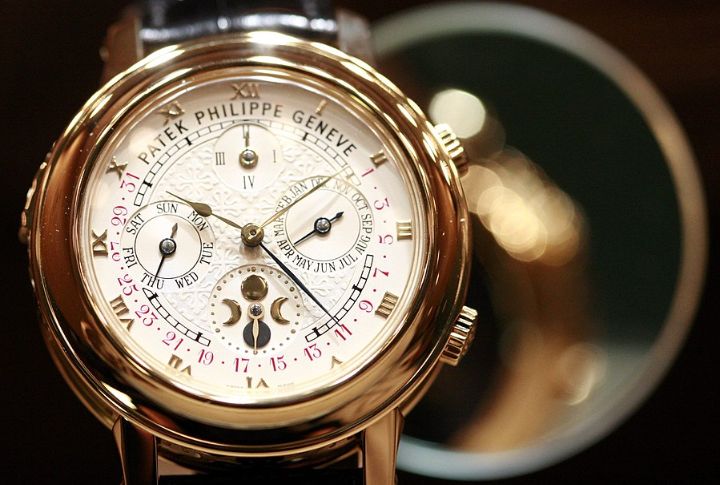
Patek Philippe’s prestige as one of the oldest brands isn’t just in its timepieces—it’s in its history. The watches they have produced since 1839 are limited pieces that become family heirlooms. The level of craftsmanship behind every piece makes them a symbol of status and precision.
Bulgari
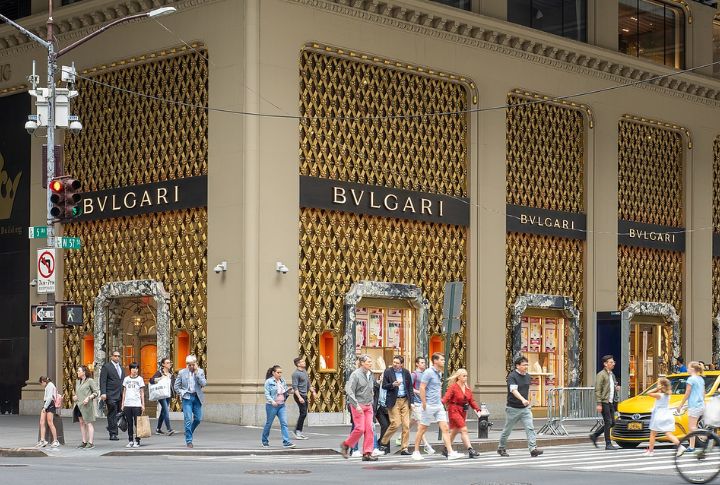
Founded in Rome in 1884, Bulgari is popular for its colorful gemstones and intricate settings. Its Serpenti collection, featuring snake-inspired motifs, is still a standout. Over the years, Bulgari expanded beyond fashion to even hotels, further cementing its reputation as a luxury.
Ferrari
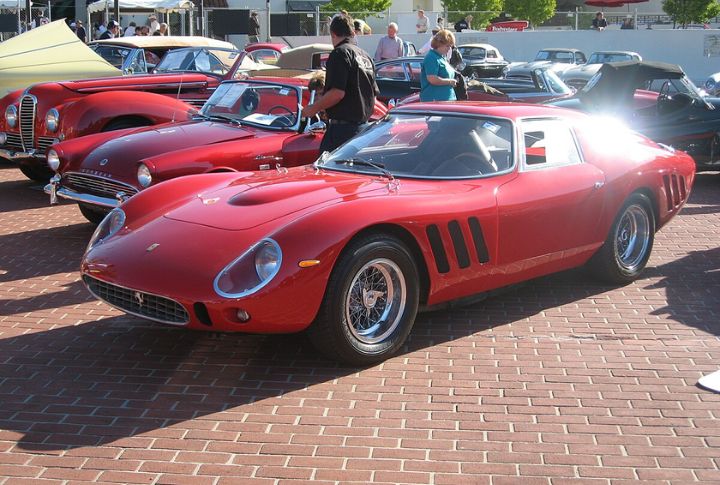
Speed, style, and status come together in every Ferrari. Enzo Ferrari created the company in 1939, and it quickly became the gold standard in high-performance automobiles. Iconic models like the Ferrari 250 GTO command millions at auctions. The brand’s racing heritage keeps Ferrari at the pinnacle of automotive luxury.
Lamborghini
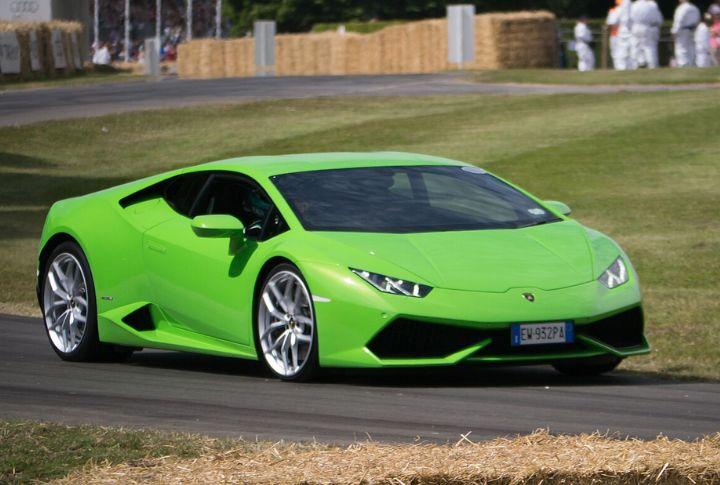
Established in 1963 by Ferruccio Lamborghini, the company was born out of a rivalry with Ferrari. The Miura redefined sports cars, and models like the Aventador and Huracán continue to set the tone. With aggressive designs and sturdy engines, Lamborghini continues with their high-end performance vehicles.
Aston Martin

The very British identity of the Aston Martin came about in 1913. Its association with James Bond solidified its status as a symbol of sophistication. Classic models like the DB5 and modern masterpieces like the Valkyrie bring together cars that represent a balance of luxury and speed.
Tiffany & Co.

For nearly two centuries, Tiffany & Co. brought the shiny rocks an added layer of refined luxury. Established in 1837, the brand introduced the world to its iconic Tiffany Blue Box, a symbol of exclusivity. From diamond engagement rings to the legendary Tiffany Yellow Diamond, its designs have remained at the forefront of fine jewelry.
Van Cleef & Arpels
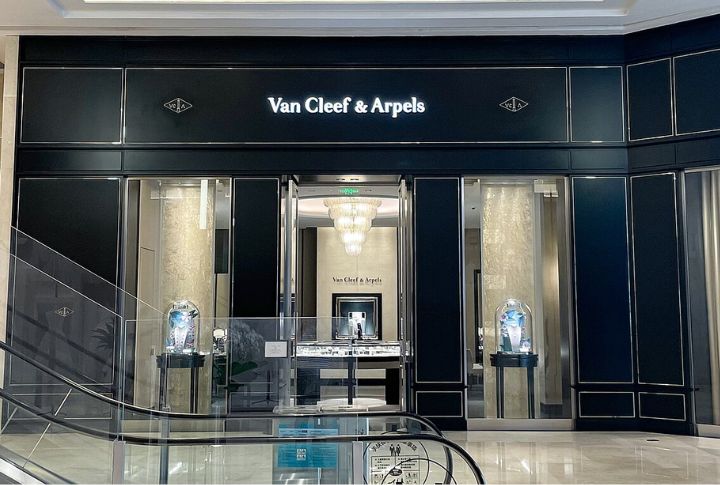
Few jewelry houses possess the artistry of Van Cleef & Arpels. Founded in 1906, the brand revolutionized fine jewelry with its Mystery Setting, allowing gemstones to appear without connecting seams. The Alhambra collection, featuring four-leaf clover motifs, is a popular signature design even today.
Celine
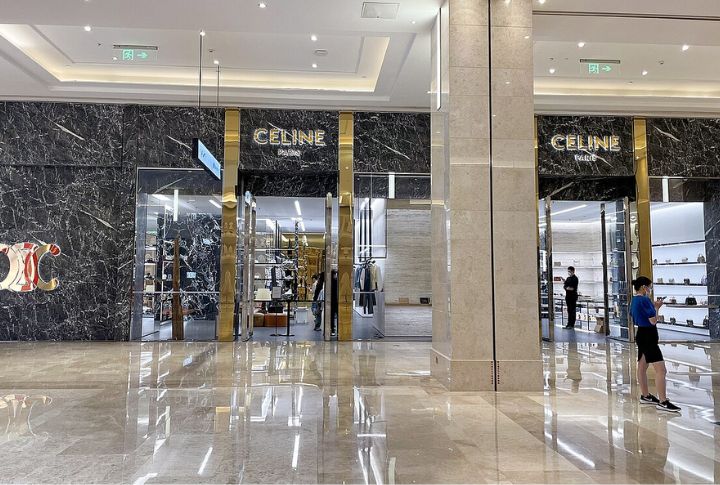
Upon its inception in 1945, it operated as a made-to-measure children’s shoe boutique in Paris. By the 1960s, it had evolved into a women’s ready-to-wear brand that brought chic into sportswear. Over the years, creative directors like Phoebe Philo and Hedi Slimane have shaped its aesthetic.
Rimowa
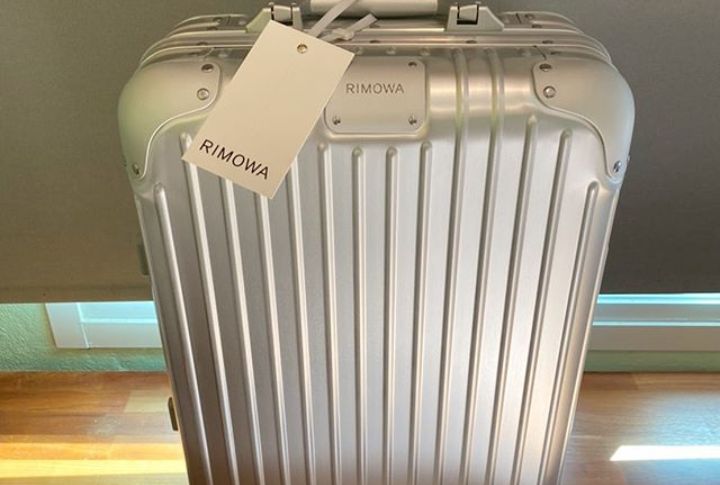
A favorite among jet-setters, Rimowa continuously produces luxury travel essentials with detailed craftsmanship. Established in 1898, the German brand pioneered aluminum luggage, introducing its signature grooved design in 1937. Travelers appreciate its durability, lightweight structure, and sleek aesthetics.
Moet & Chandon
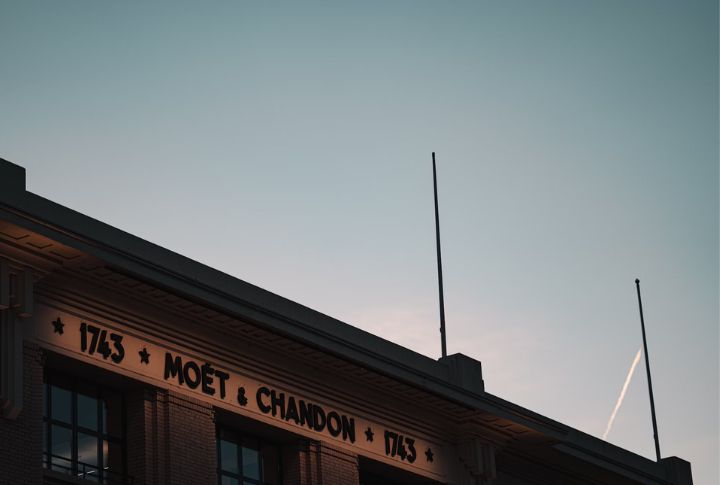
Celebrations feel incomplete without Moet & Chandon. Since 1743, the champagne house has served royalty and dignitaries for centuries. Dom Perignon, its most exclusive offering, is celebrated for its prestige and exceptional aging process. From red carpets to private soirees, Moet & Chandon is everywhere that luxury is celebrated.
Bottega Veneta
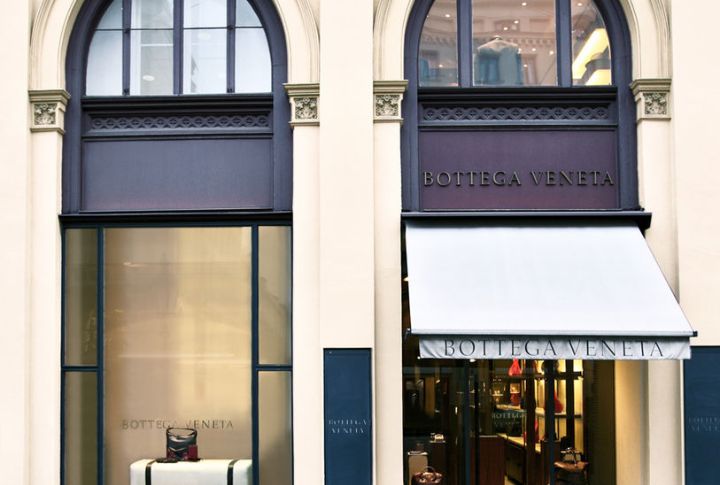
Quiet luxury is exemplified in Bottega Veneta. The Italian brand gained fame for its signature Intrecciato woven leather in 1966. Without flashy logos, its designs speak through the quality of the product. Undergoing a creative renaissance in recent years, Bottega Veneta continues to set trends with its understated aesthetic.
